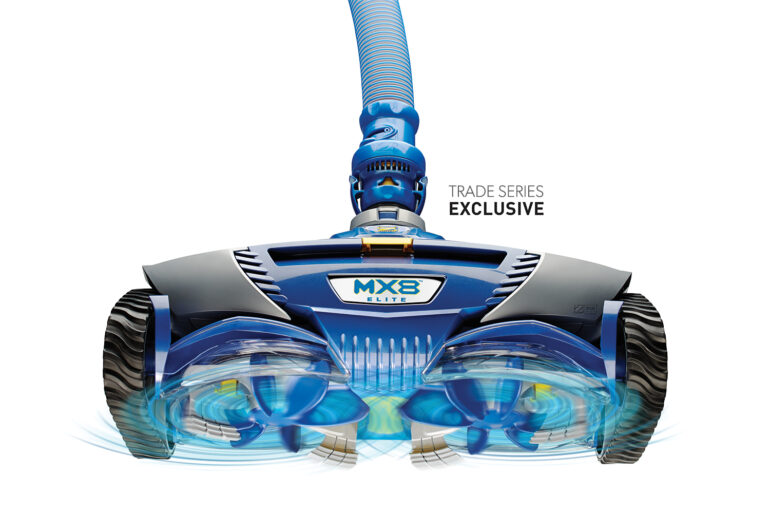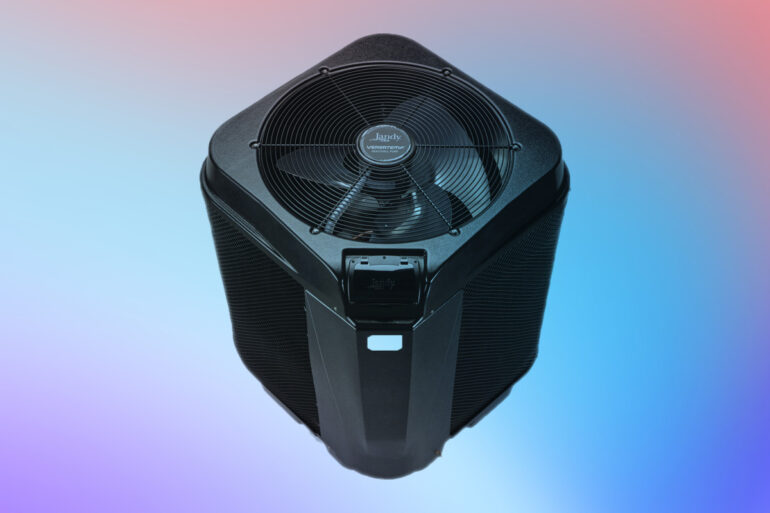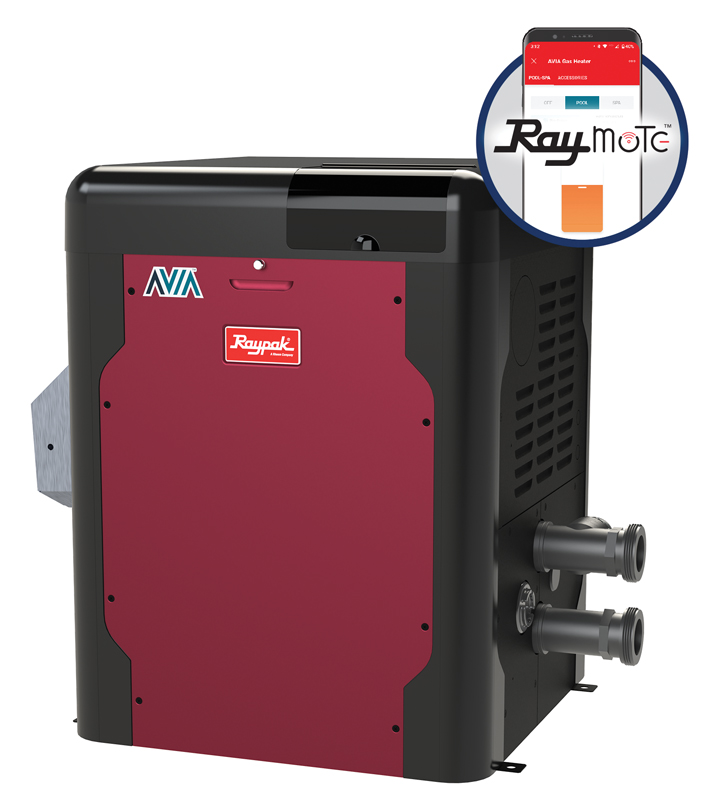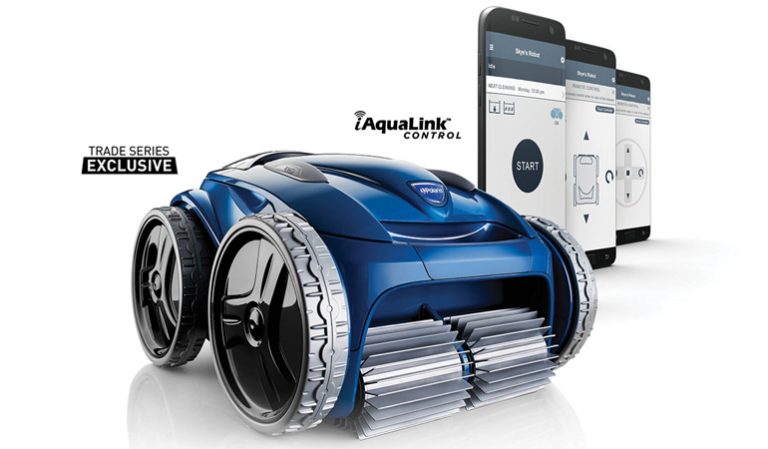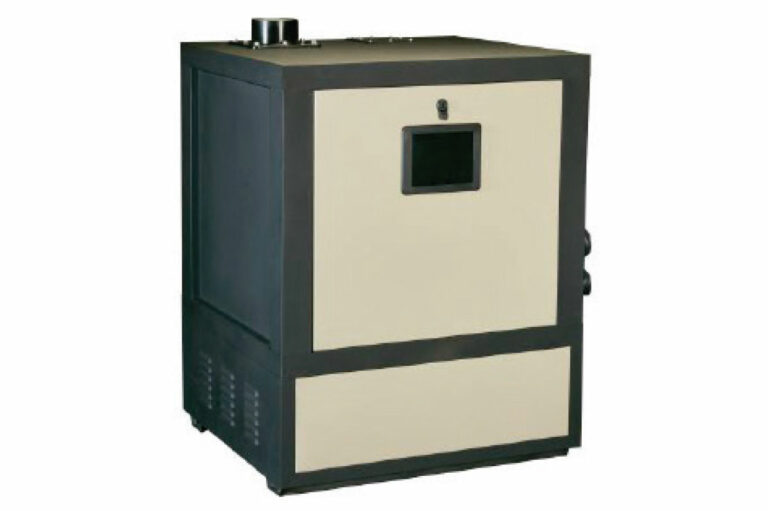The Best Pipes for Pools

By Mark Ligon, marketing manager, Commercial Industrial Supply
For homeowners, pool construction is a big investment that they expect will last for years to come. That’s why it is so important to select the best materials for the job. Because much of the pool piping is buried underground, it’s especially important to choose the right piping material. Not all pipes are created equal, and even a small underground leak could lead to big problems later on. PVC piping is the most frequently used in pool installation, but which type is best?
How Rigid PVC is Different From Flexible PVC
Both rigid and flexible PVC have the same general chemical makeup and temperature limits. They are also installed in a similar fashion, using the same tools and solvents to cut and join fittings. However, that’s where the similarities end.
As the name suggests, flexible PVC can easily be bent into shape as needed. Because of this, fewer fittings are used, and installation is quicker and easier. Rigid PVC, however, does not easily bend. If a turn in piping is needed, the installer will need to cut the rigid PVC pipe and install a fitting or use heat to bend the pipe. With such a simple installation process, it may seem like flexible PVC is the obvious choice for pool plumbing, but with ease of installation comes concerns to consider.
Why Flexible PVC Should Not be Used for Pool Plumbing
Aside from the obvious benefits of flexible PVC, there are some significant downsides. First, while both flexible and rigid PVC have similar chemical makeups, flexible PVC has added plasticizers that help to make it bendable. Unfortunately, these plasticizers also make it less chemically resistant than its rigid counterpart. Water with high chlorine levels can actually damage the pipes over time. Flexible PVC is also more easily crushed or punctured than rigid PVC.
Another significant disadvantage is the susceptibility to damage by termites, earwigs and rodents. It’s not uncommon for subterranean termites to chew through flexible PVC, causing leaks and ruptures. In sandy soils, the potential for damage by insects and rodents is even higher. Simply put, flexible PVC is not rated for underground use, and it’s not designed for pool installations.
Use Rigid PVC and CPVC Piping for Pool Plumbing
Rigid PVC is certainly more difficult to install, due to the need for cutting and attaching fittings, but it’s much more commonly used in pool installations. Why is that? Unlike flexible PVC, which is prone to crushing and puncture, rigid PVC piping is much stronger. While the chemical makeup is similar, rigid PVC doesn’t have the added plasticizers, making it more resistant to chlorine and harsh water. It’s also resistant to insects and rodents.
CPVC may also be a good option for certain pool plumbing applications. CPVC is rated for 200 degrees Fahrenheit, compared to a 140 degrees Fahrenheit rating for rigid PVC. This makes it the right fit for heater and pump connections, where temperatures are consistently higher. CPVC pipes and fittings are, however, significantly more expensive than rigid PVC, so they are typically only used for those aspects of pool plumbing where temperature is a concern.
PVC Fitting Considerations for Pool Construction
As you determine which pipes are best for pool installations, you must also select the right fittings. A poorly connected fitting could lead to leaks and breaks as well. Like pipes, fittings also come in both Schedule 40 and Schedule 80 (schedule refers to the thickness of the sidewalls, therefore Schedule 80 is thicker than Schedule 40). While both fittings can be attached to either schedule pipe, it’s recommended that the schedule for the pipe and fitting match, creating an even distribution of pressure and an overall stronger line of piping. CPVC pipe fittings, like piping, should be used in applications where temperatures are increased, like heater inlets, heater outlets and pool pumps.
To avoid leaks, it’s important to take care when connecting the pipe and fitting. Avoid using petroleum-based sealants, as they could break down the PVC or CPVC overtime. Instead, choose a waterproof, silicone-based glue or thread tape, making sure to wait the recommended time period before connecting to the pump. This gives the pipe the proper time to cure and create a waterproof seal critical for pool plumbing.
[letsinfoup]
PVC Piping for Swimming Pool Installation
While some continue to use flexible PVC in pool plumbing systems, the majority of installers use rigid PVC. Flexible PVC is prone to punctures and damage from insects, while rigid PVC is strong and durable. It is also more resistant to chemicals like chlorine. However, CPVC should be used when temperature is a concern. With rigid PVC and CPVC, fittings will be needed. Be sure connect the fittings properly, with either a silicone-based sealant or thread tape, to ensure a waterproof seal. With rigid PVC, owners will be able to spend more time enjoying their swimming pool, knowing that the piping underneath is durable and designed to last.
Mark Ligon is the Marketing Manager Commercial Industrial Supply, a leading supplier of commercial PVC and CPVC pipe, fittings, and valves. Mark enjoys educating businesses on the parts of piping systems so managers can make informed decisions.

